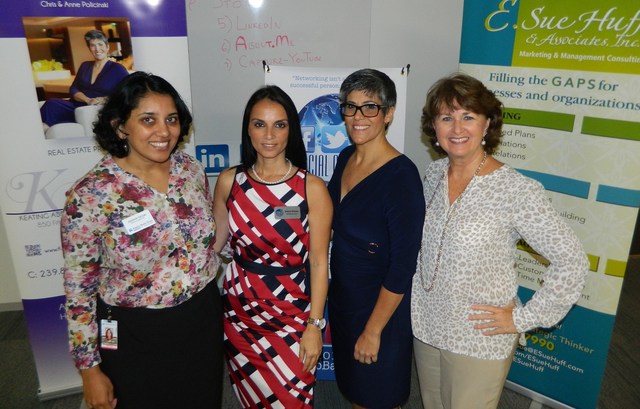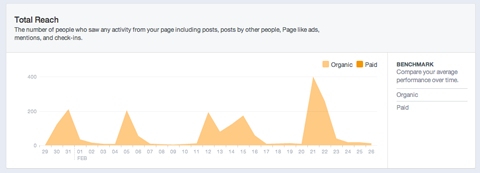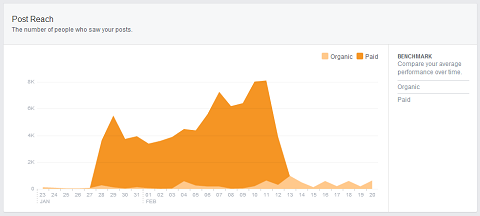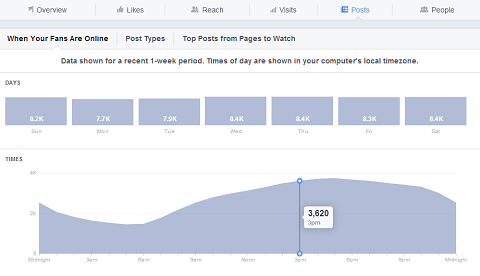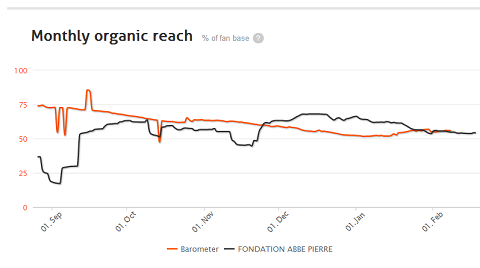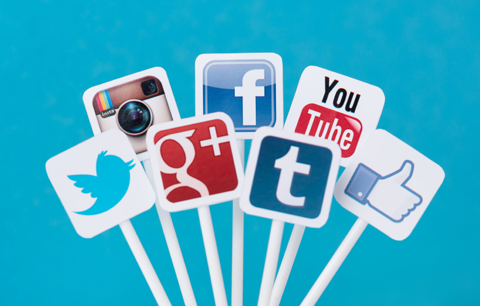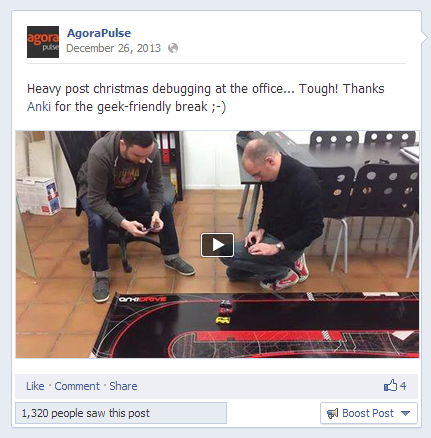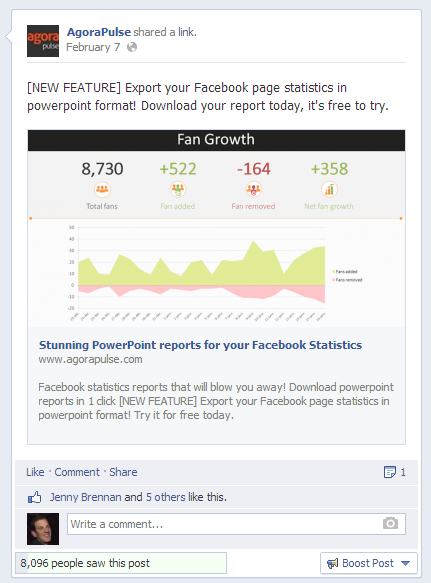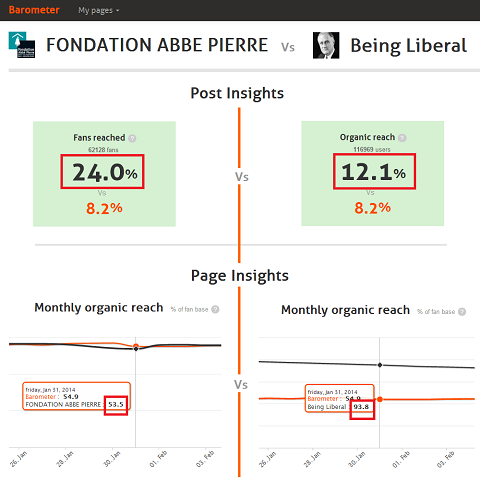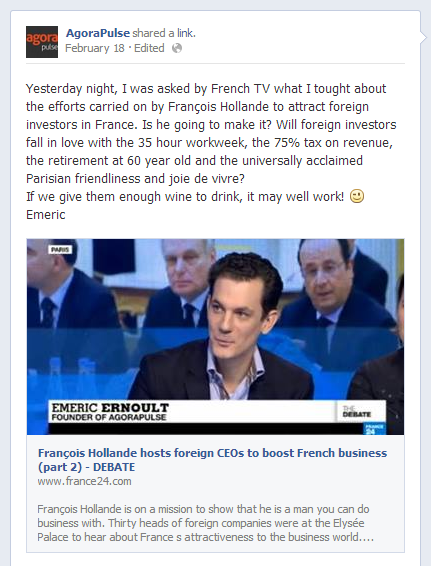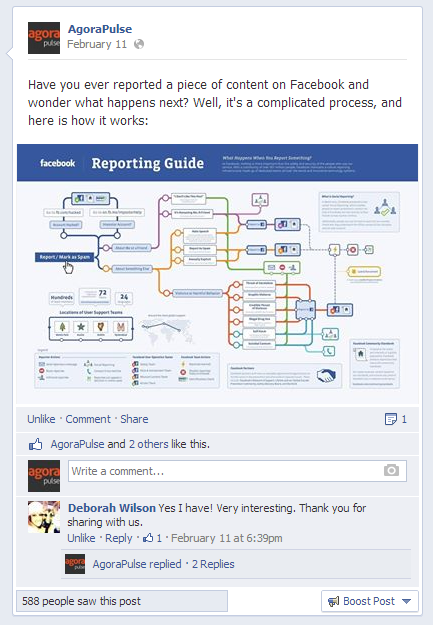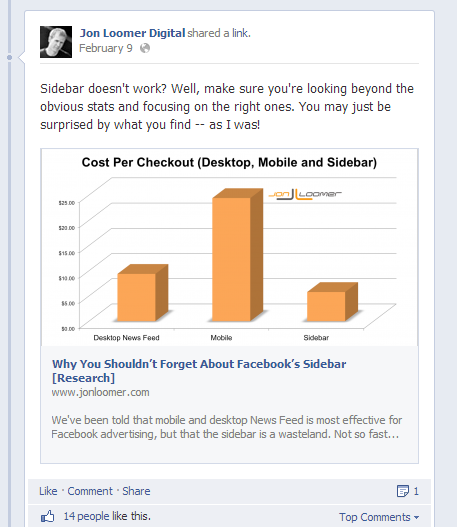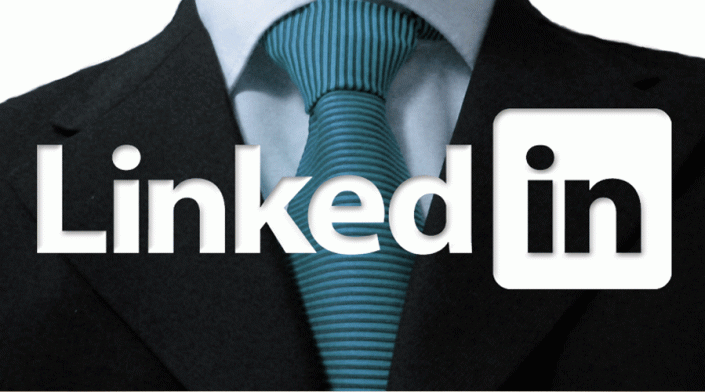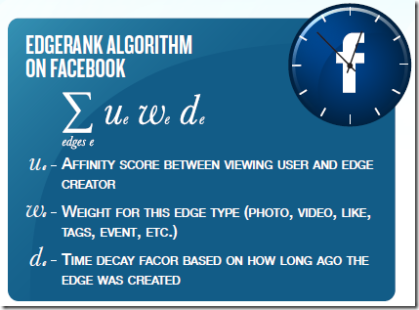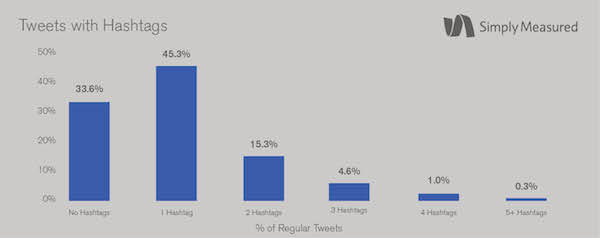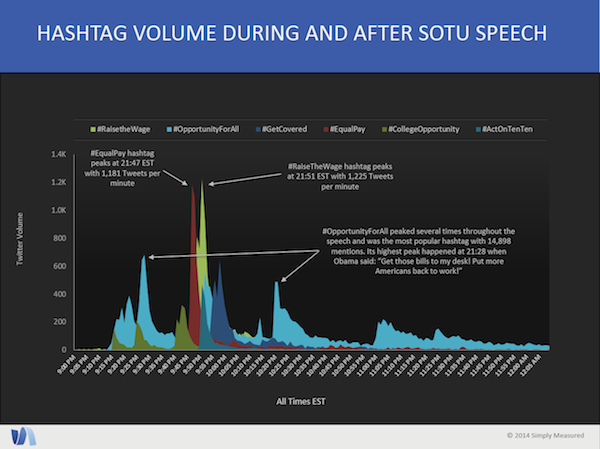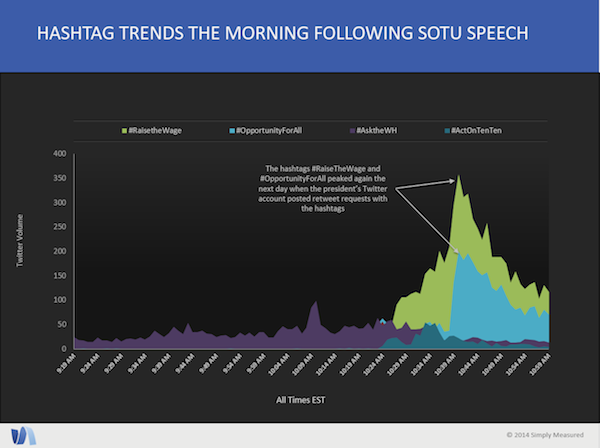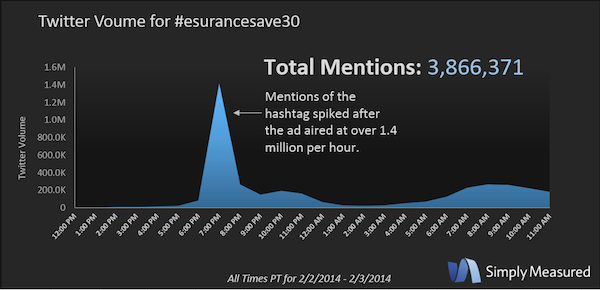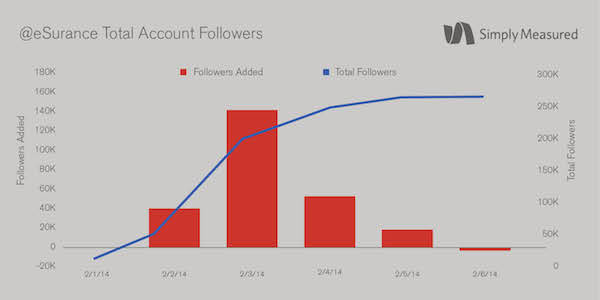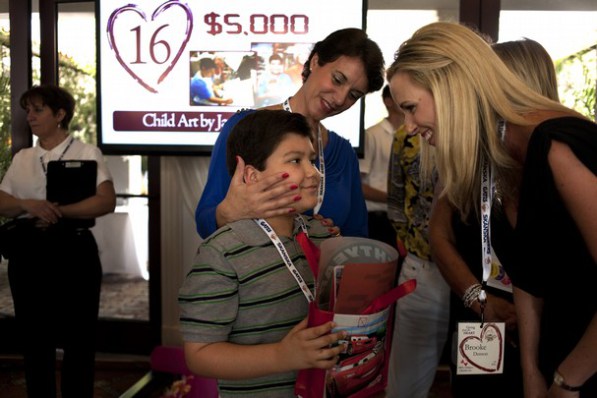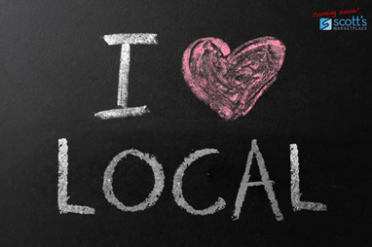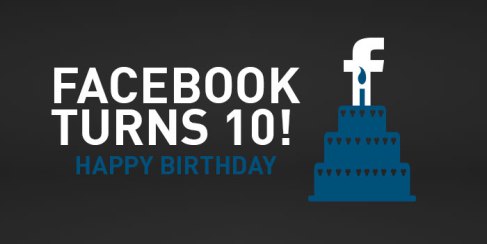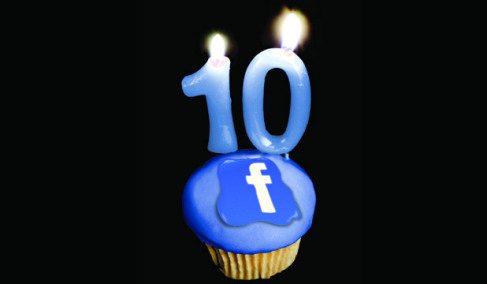Reservations are now being taken for “Social Media – what you don’t know can hurt your business” workshop to be held on Monday, March 10 from 9 a.m. to 11 a.m. at the Naples Daily News Community Room, located at 1100 Immokalee Road in Naples.
The free workshop is being sponsored by E. Sue Huff & Associates, Kelly E. Capolino/Keating Associates, Social Connect and the Naples Daily News. The hands-on informative workshop will feature two presenters: Batya Sabag Maman of Social Connect and Naples Daily News Digital Director, Jigsha Desai.
Batya, well known in the community for her social media knowledge, will be leading workshop attendees through 10 practical social media applications that she believes every business should have to stay ahead of their competition. Attendees will walk away having completed two to three actual application functions on their own digital devices/smart phones. Plus, they will learn how to set up a digital business card that can immediately be shared with prospects, colleagues and clients.
Jigsha will show how businesses and non-profits can engage with the Naples Daily News on social media and further expand their brand. She will also share ways that news organizations use social media platforms to help report the news.
Batya Sabag Maman moved to United States in 2003 to pursue her passions and dreams in America, the land of opportunity. Since that time she has taught herself English and opened several lucrative businesses. Prior to relocating to Florida, Batya was a computer technology teacher in Israel; she now uses those skills to master the social media market and to teach others. Her company trains, maintains and consults clients, ranging from manufacturing to charitable organizations, on how to get the best results from their social media efforts.
Jigsha Desai was with the Knoxville News Sentinel from 2002 to 2013 prior to relocating to Naples. She is responsible for the day-to-day content on all the digital platforms for the Naples Daily News. She holds her B.A. in Journalism and New Media from Temple University. She was featured in Editor and Publisher’s list of 25 under 35, the Next Generation of Publishing Leaders in 2011, named a SPJ Diversity Fellow in 2010, a CNN Digital Media fellow in 2008, and a Newspaper Association of America Minority Fellow in 2004.
The workshop is free, however space is limited. Registration begins at 8:30 with presenters beginning at 9 a.m. prompt. Attendees are required to BYOD bring your own device smart phone and/or laptop. Reservations may be made by emailing: name, company, phone and email address to Sue@ESueHuff.com limit two attendees per organization.
This story is contributed by a member of the Naples community and is neither endorsed nor affiliated with Naples Daily News


